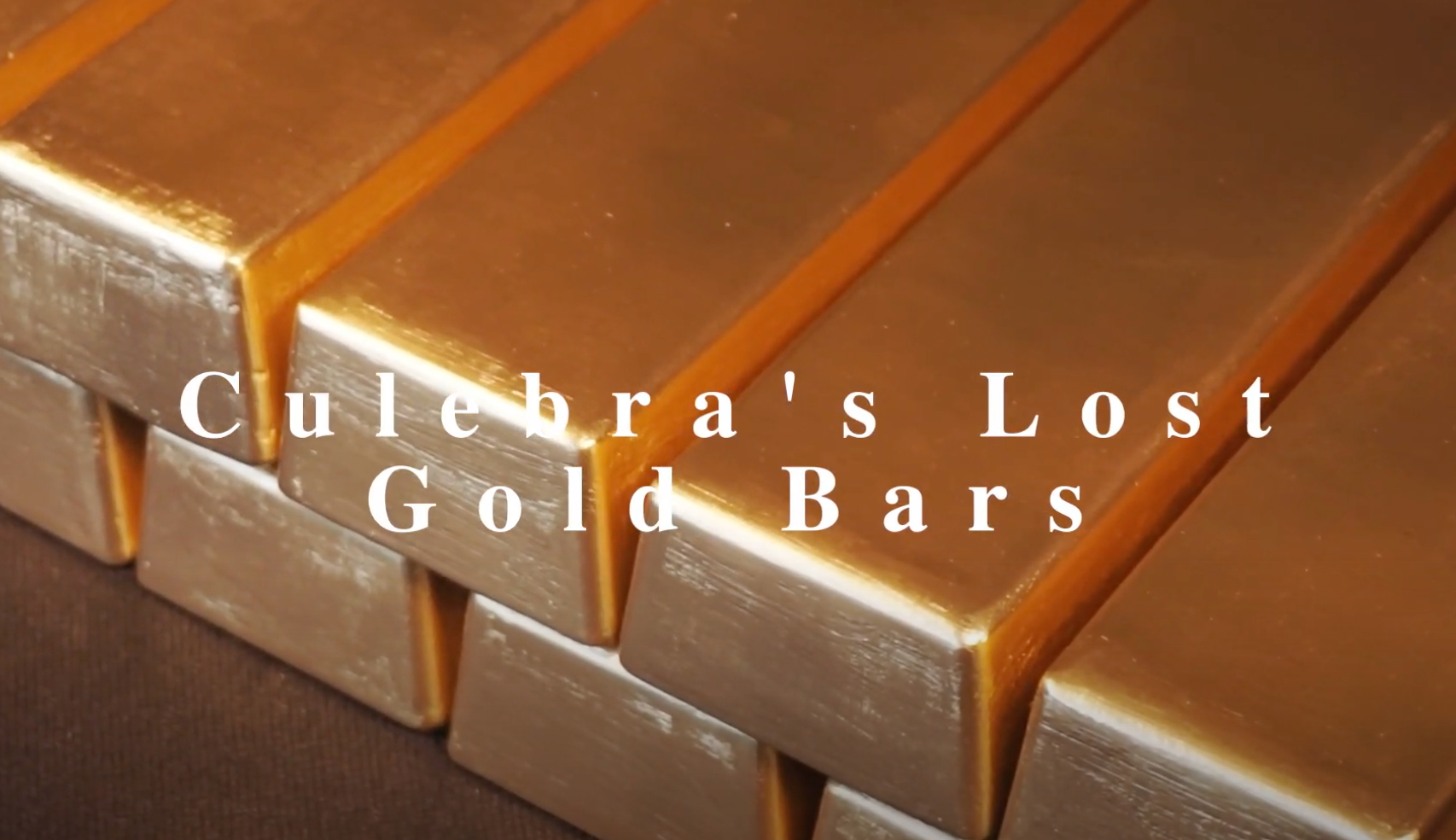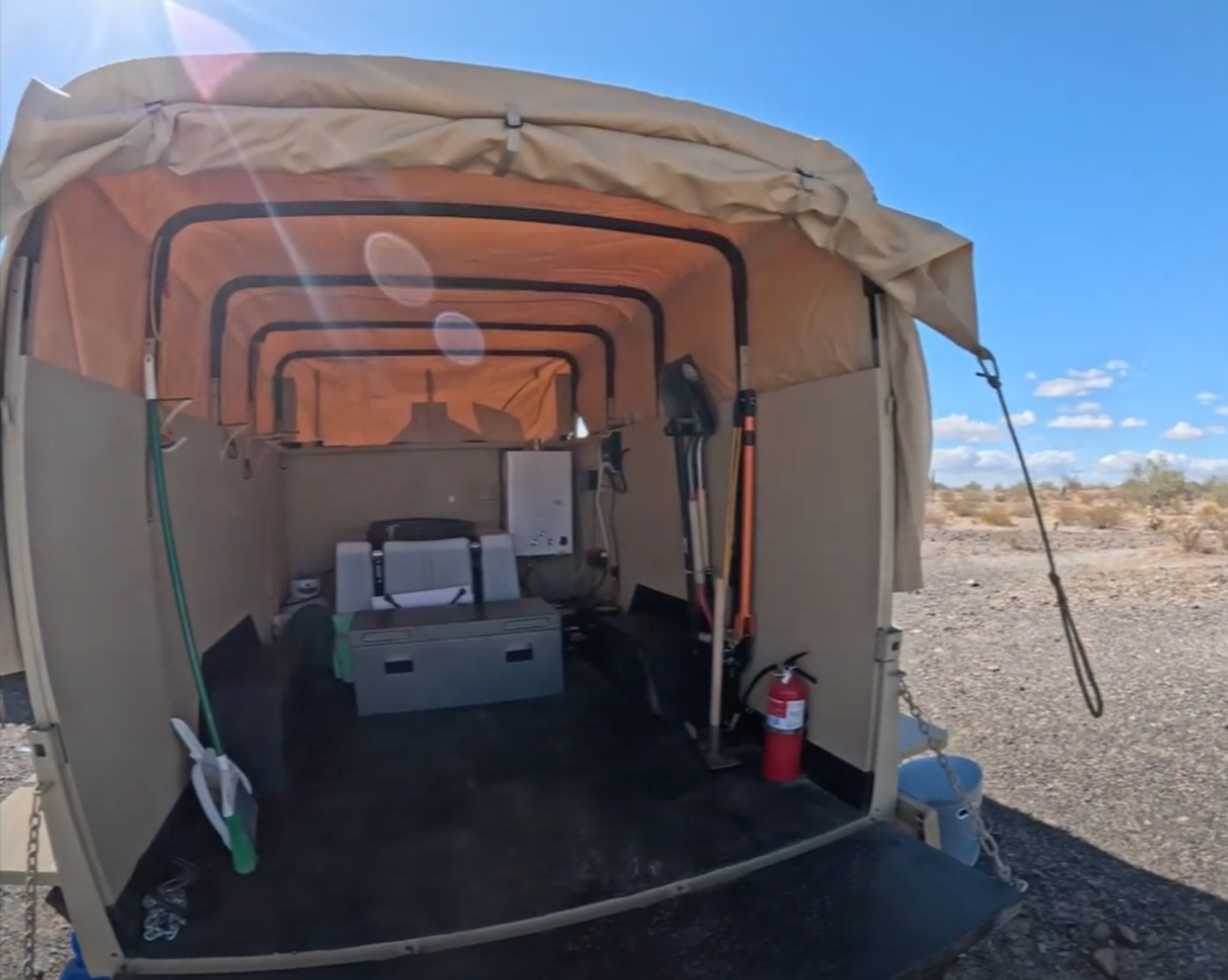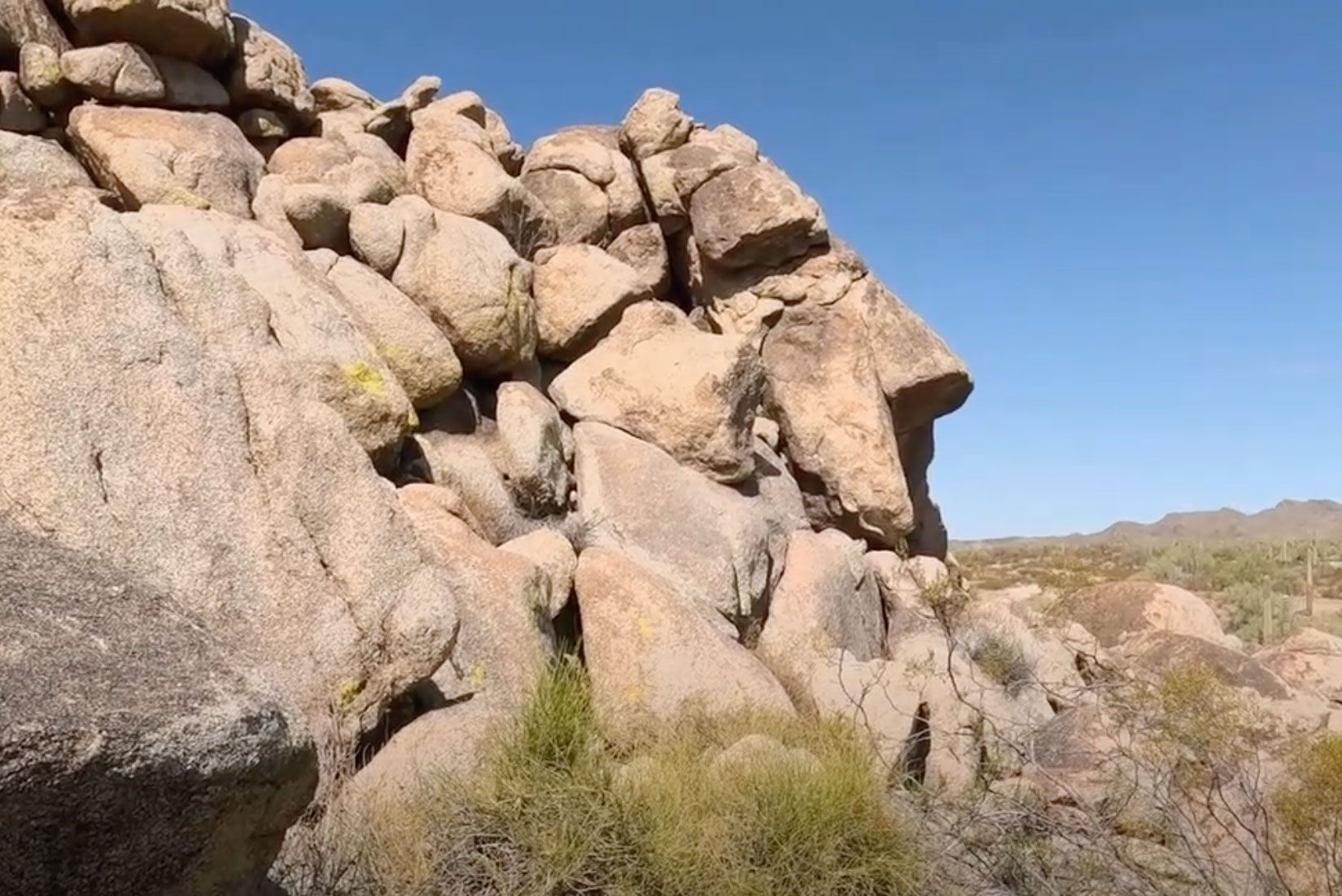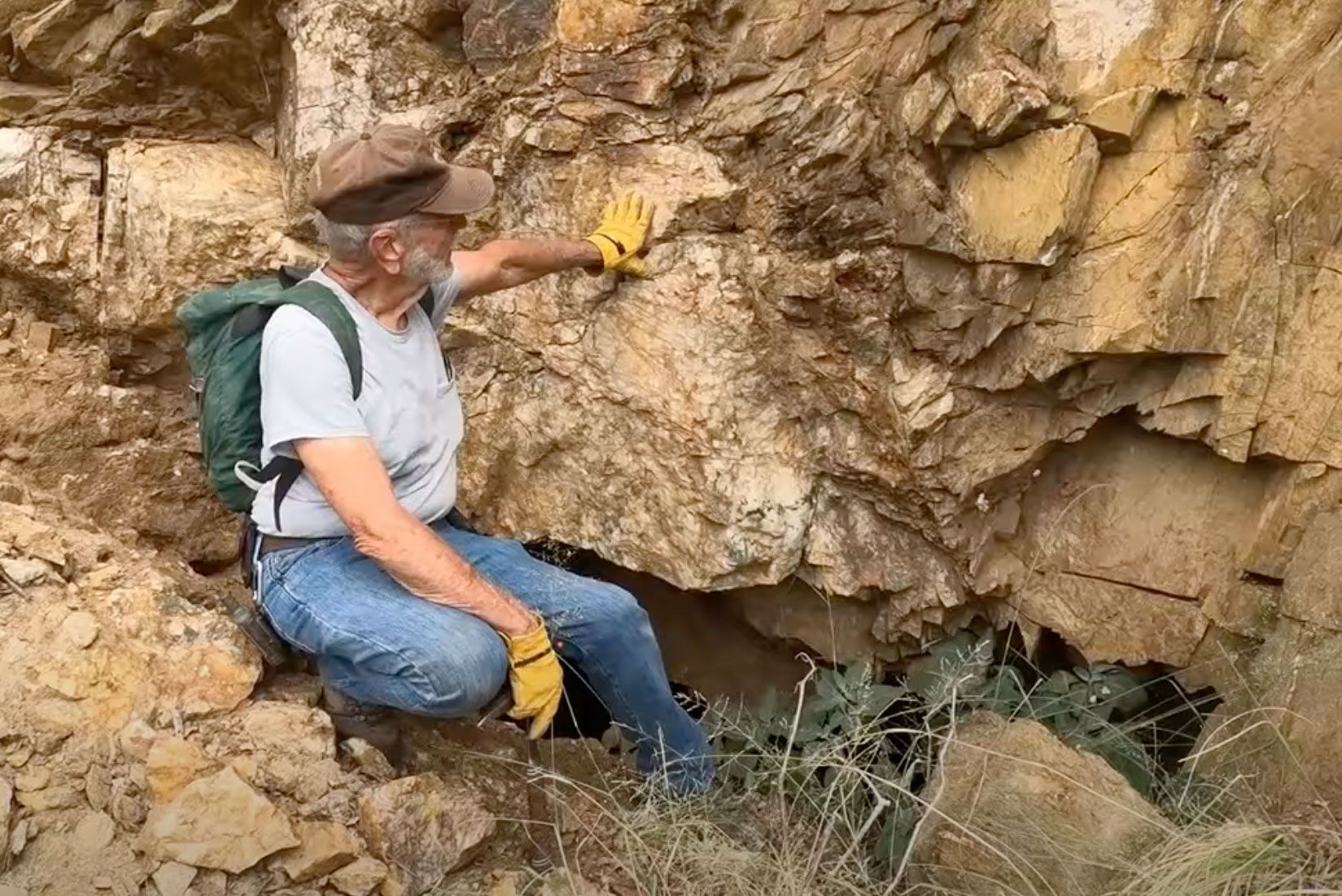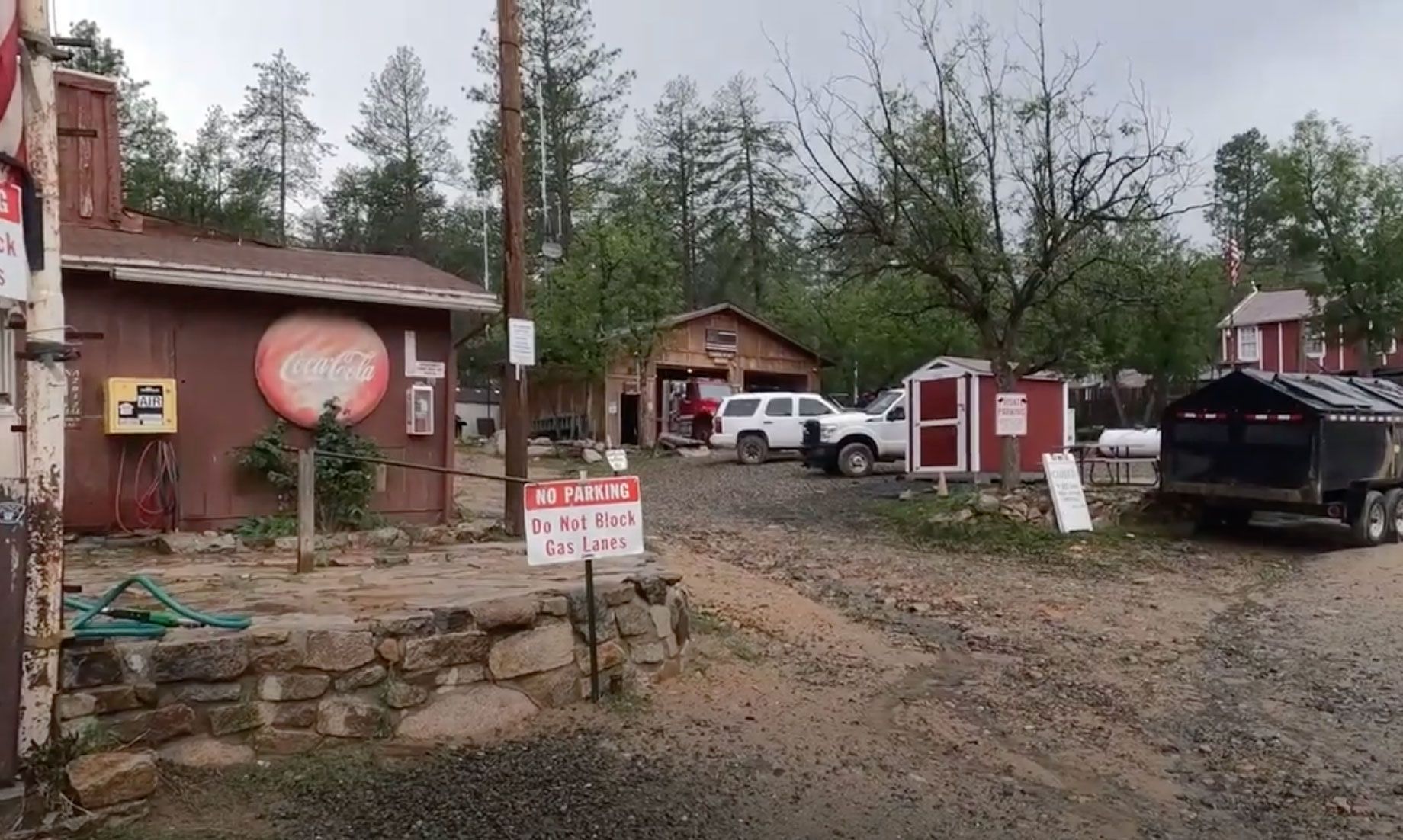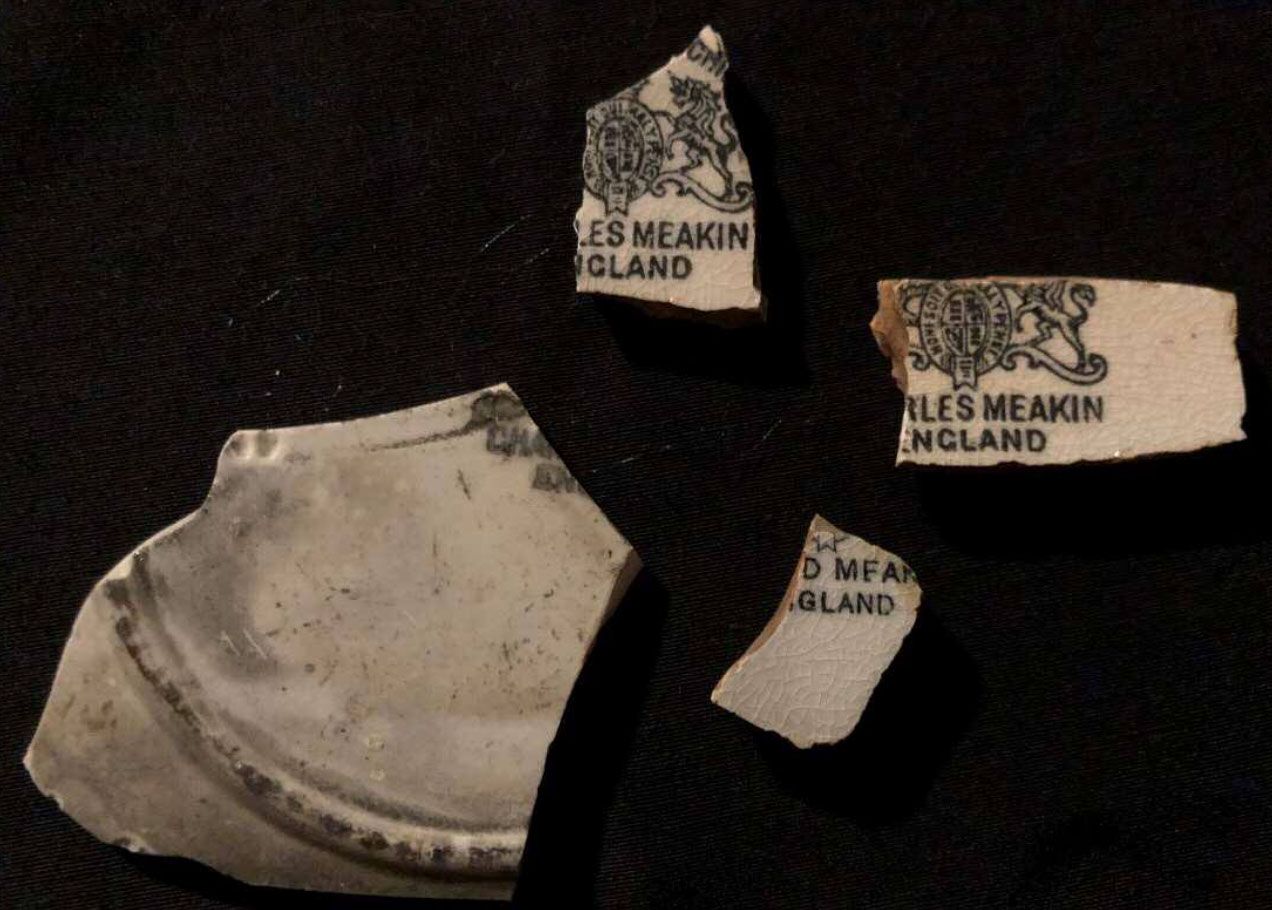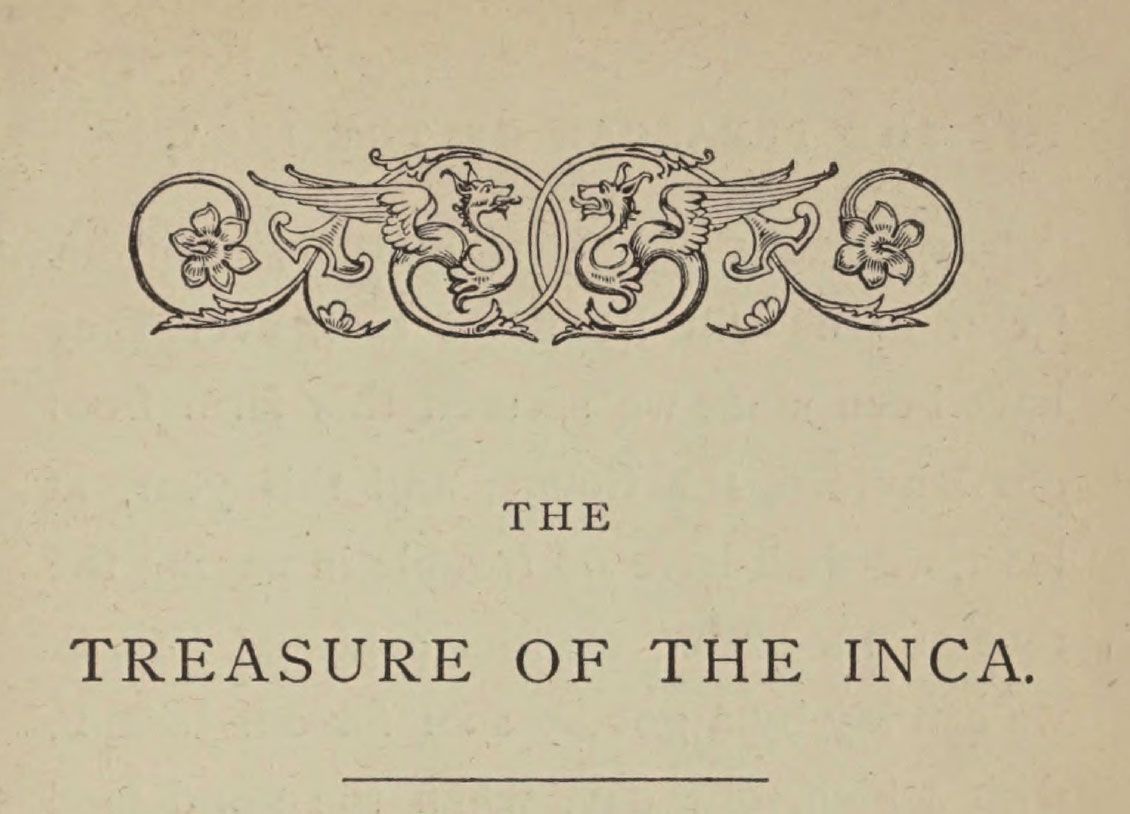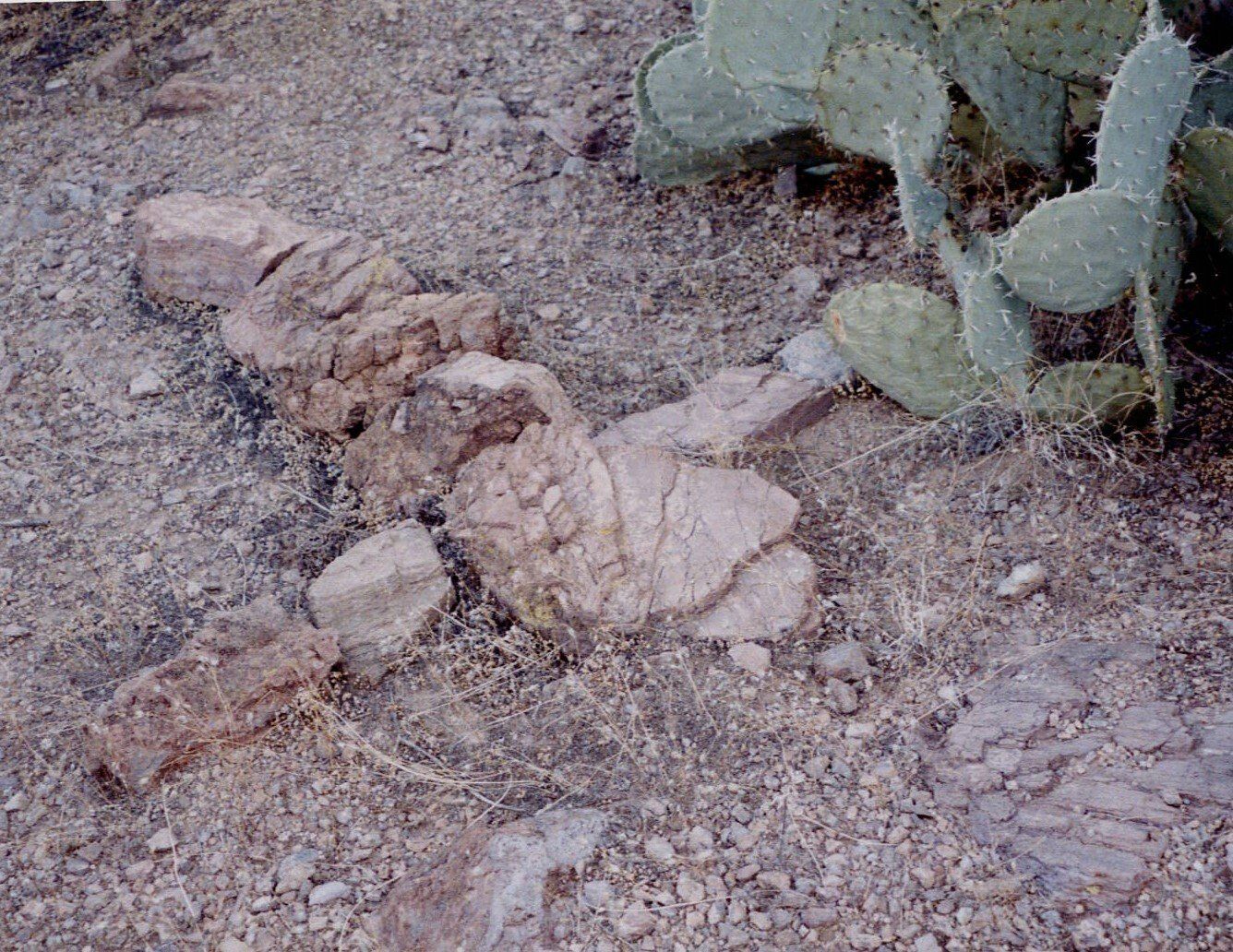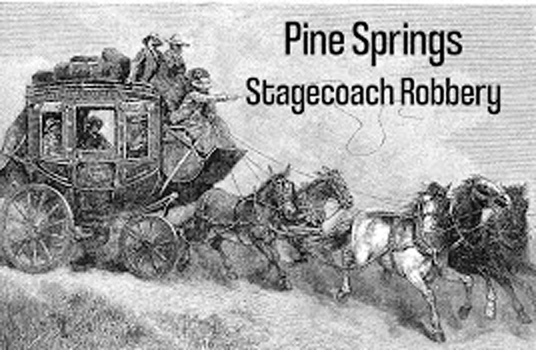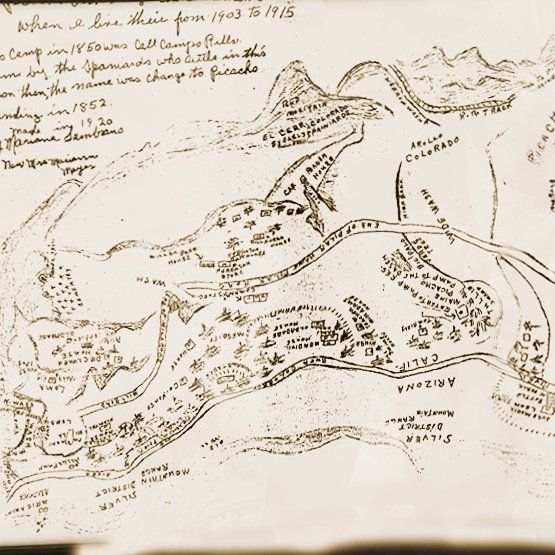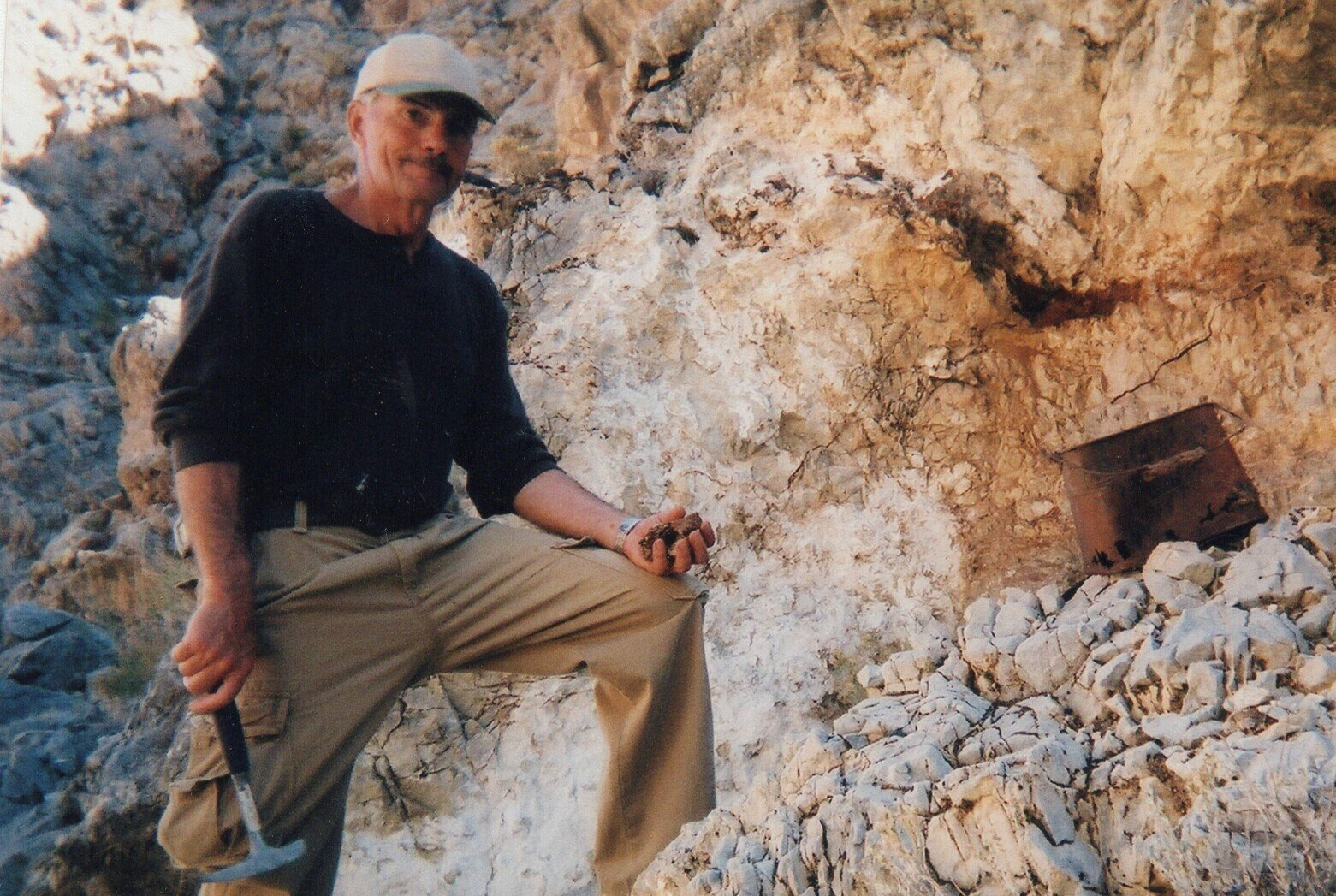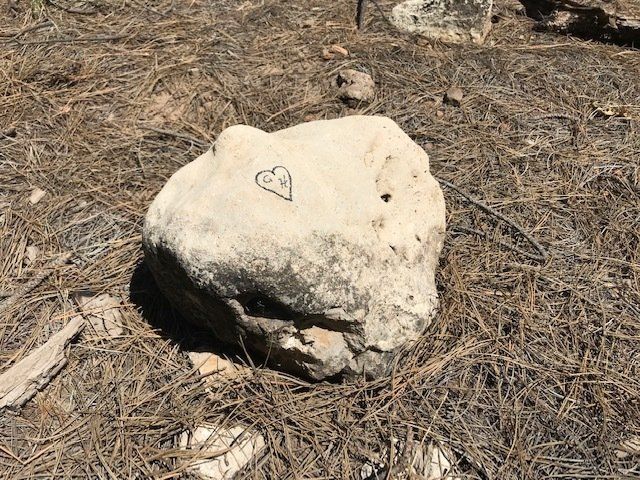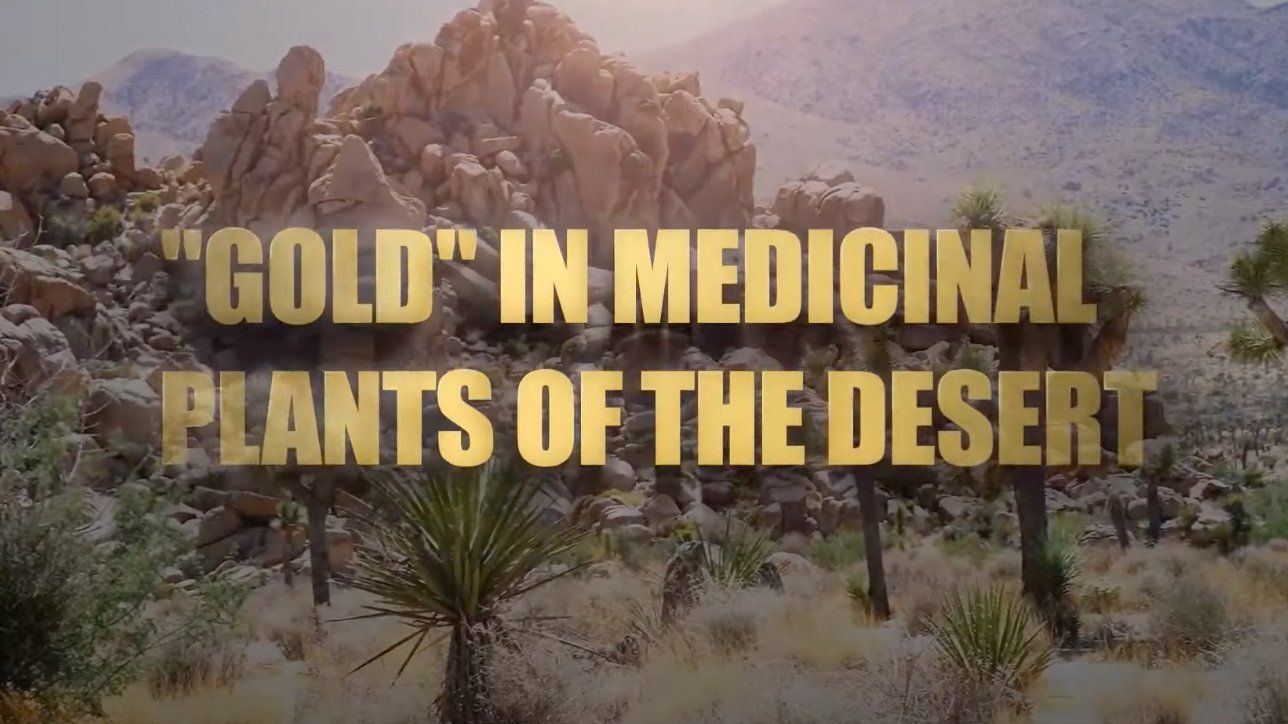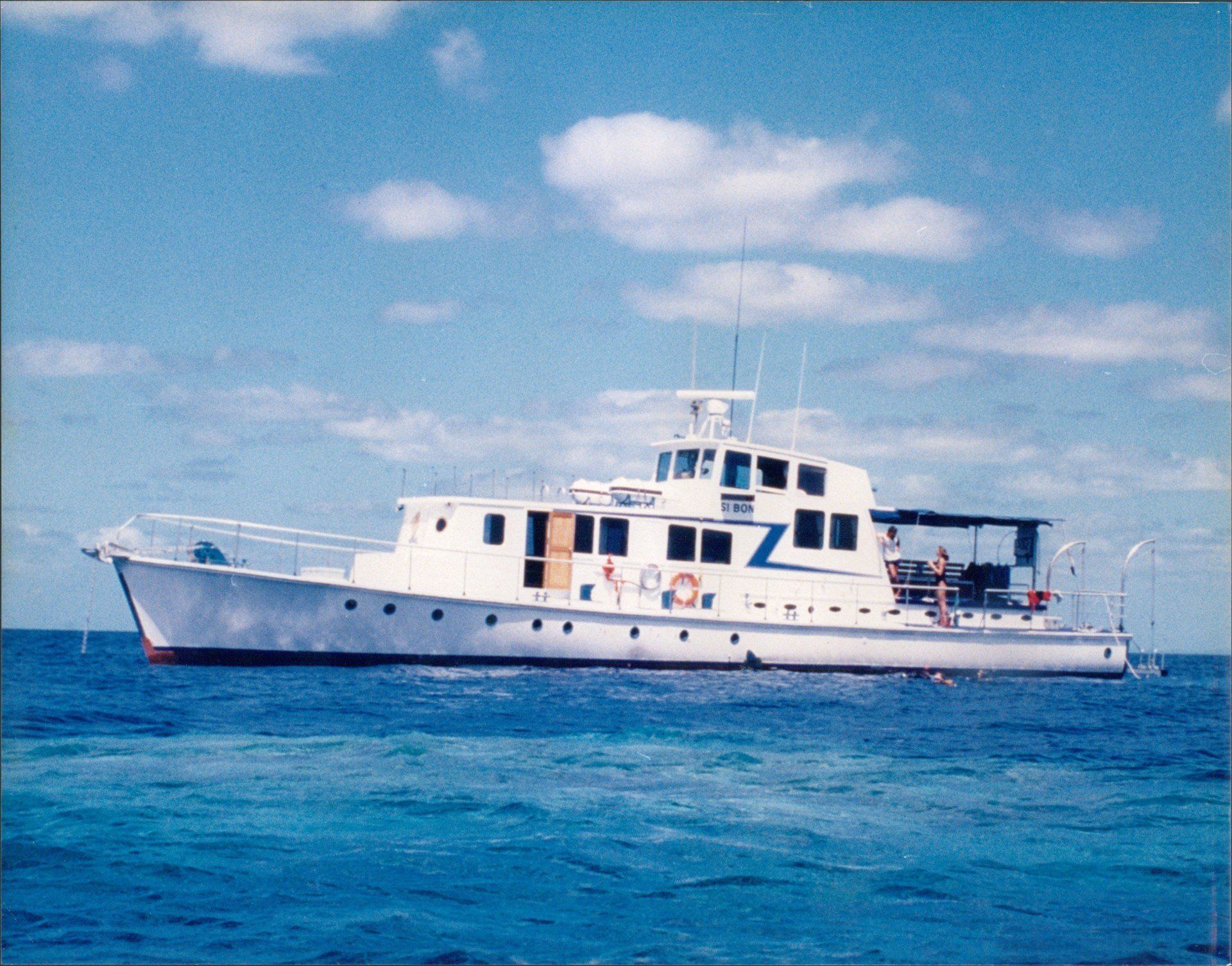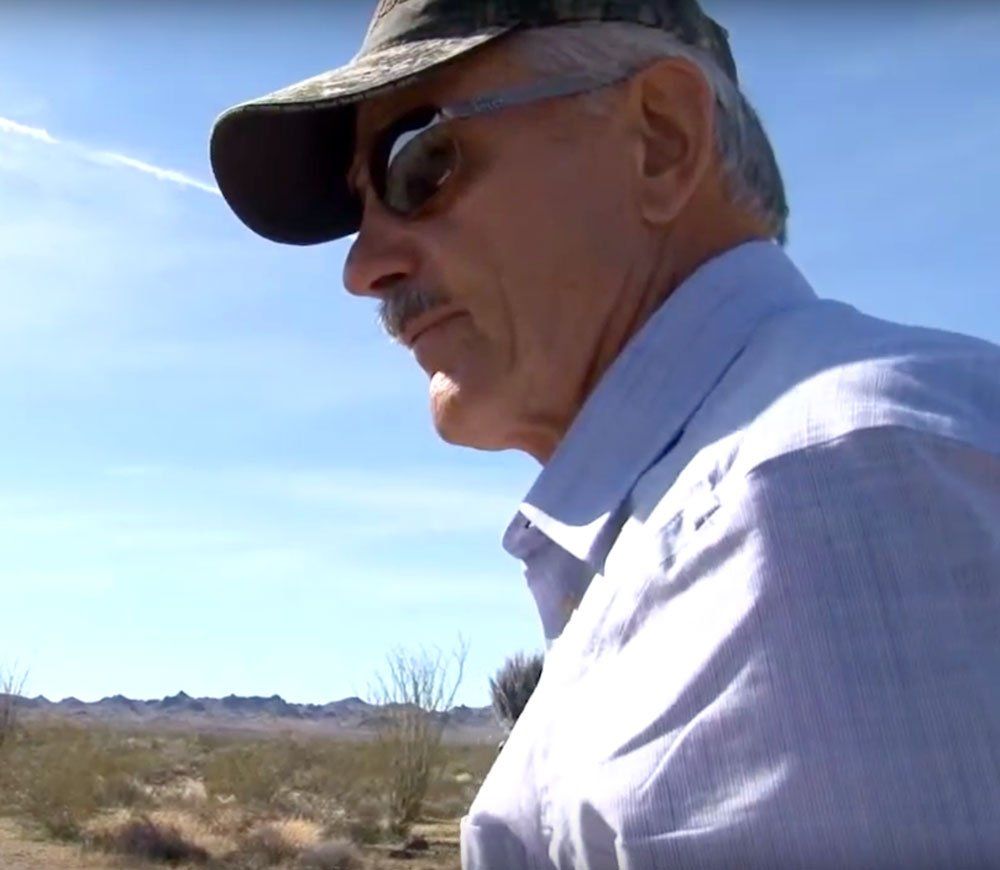Greg Hawk's Travels & Videos

A lost ledge of gold and the prospector who found it but wasn't able to return. The marker he left was his vest with a mule shoe on top of it to mark the spot. This story takes place around 1900 along the Colorado River about 25 to 30 miles north of Yuma, Arizona on the California side of the river at a place called Picacho. A man searched for it for over 20 years and never found it, can you?
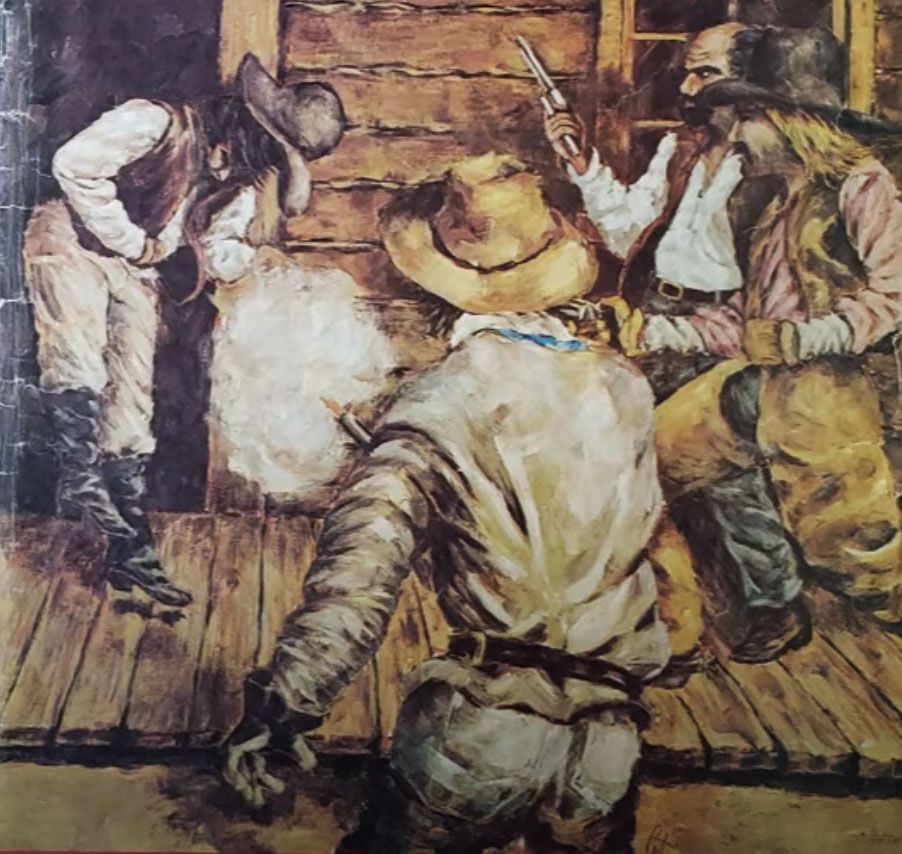
This is the story of a stagecoach robbery that was printed in the March-April edition of Westerner Magazine in 1974.
It took place south of Beale Springs and supposedly $200,000 worth of gold bullion was heisted from the stagecoach and the stagecoach disappeared after the robbery never to be found until 40 years later.
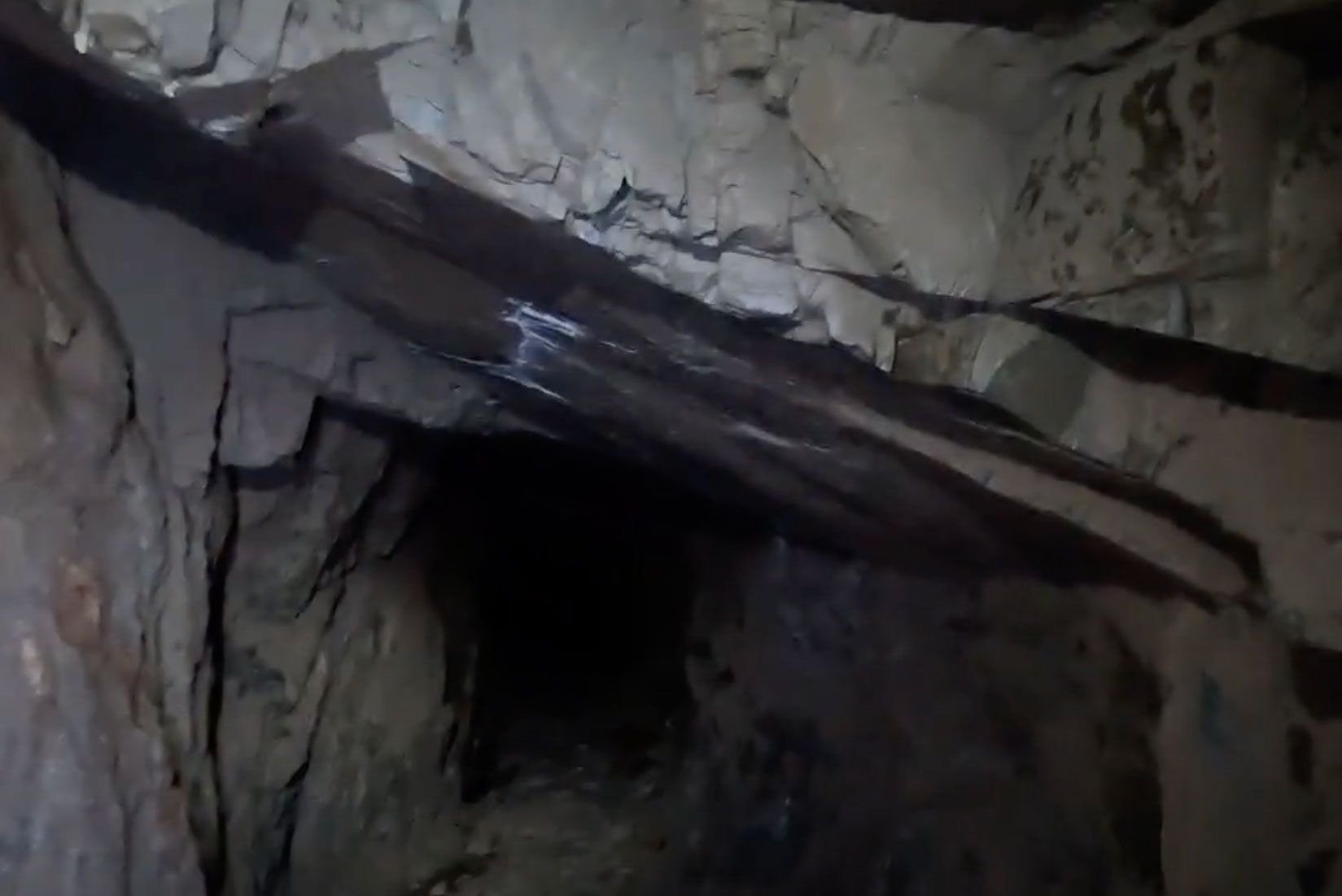
A visit to gold country in Northern California. A subscriber to my YouTube channel contacted me about a mine he had a claim on in Arizona and also some mines close to where he purchased property in Glencoe, CA. Being a Vietnam Vet, as I am, I decided to meet up with him and look at the mines he was curious about in California. We had lunch in the town of Mokelumne Hill which was located in rich placer gold country during the 1849 gold rush.
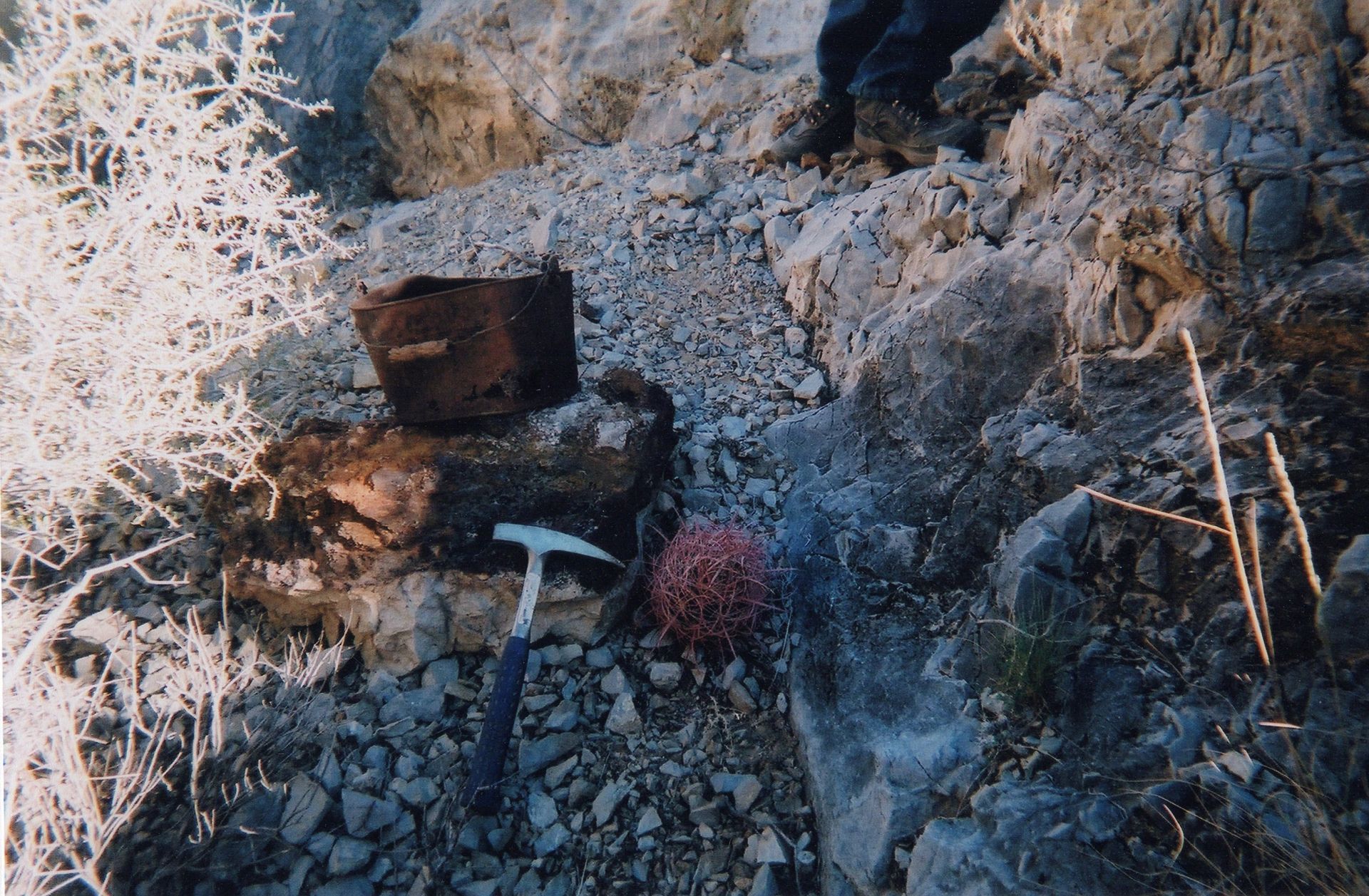
The following pictures I took in 2017 after several years of looking for the Lost Ivanpah Mine, which was a story that was told to me by John whom I mentioned in my book. I had searched for this prospect for several years in my spare time and camped out in the dry lakebed while I searched. Finally, on the last day of searching, before I was going to give up on it, I went up a really rough wash to an area higher than I had been before. Here I found the old prospect hole where Miguel had been digging. Beside it was an old tin bucket and what looked to be a cigarette tin. They had been sitting here for approximately 110 years when I found them as Miguel died around 1906. For more on this check out the video: The Lost Ivanpah Silver Mine
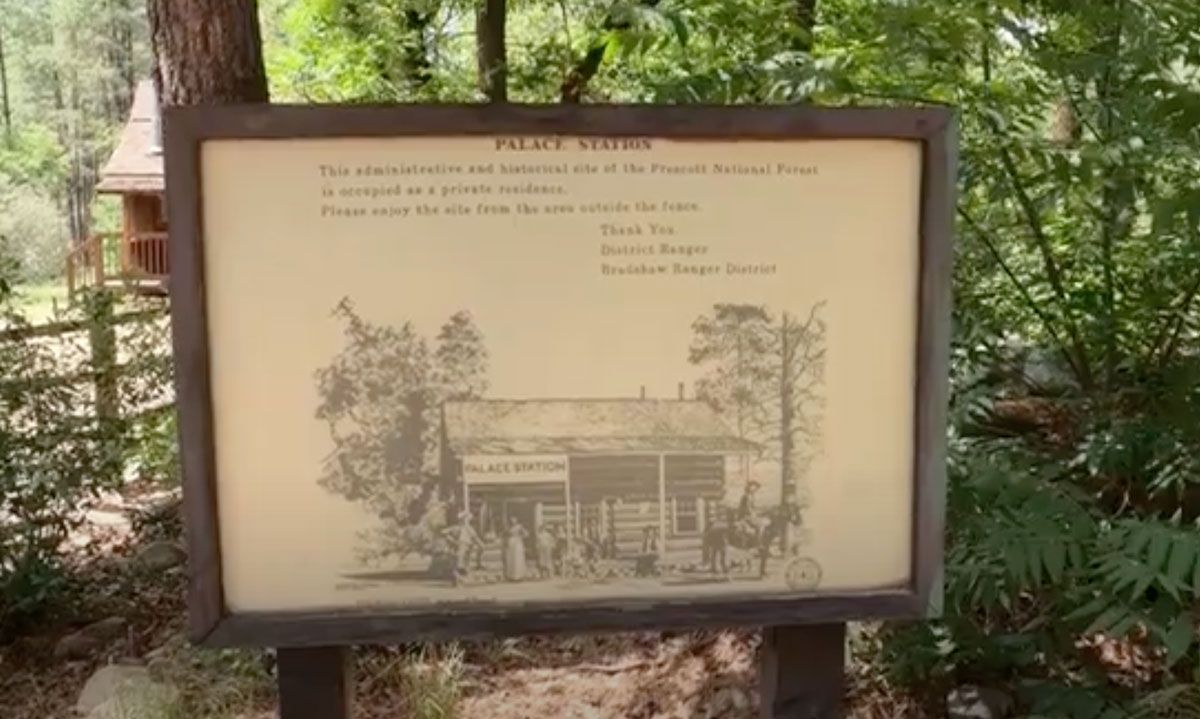
This is a day trip we took through the Bradshaw Mountains starting from Mayer and driving the Senator Highway to Palace Station. Once there we took the Bodie Mine Road until it forked off and we proceeded to the left on the Trails End Mine Road to the mine. We will take you to the mine and to where they processed ore until 1997. Four-wheel drive will be needed to traverse some of the road or what's left of it.
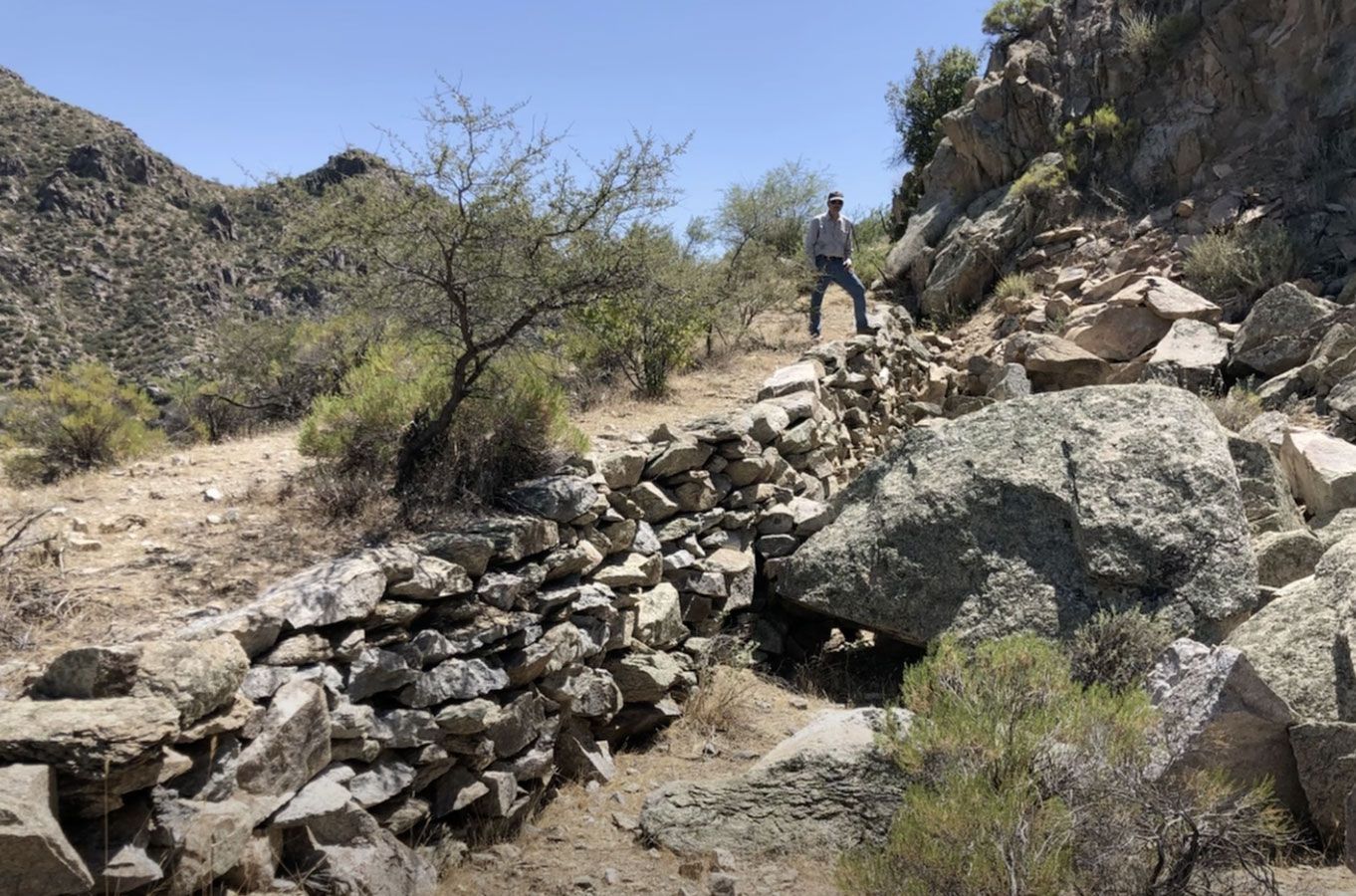
This is a true story of the Walnut Grove Dam Disaster of 1890 and the disappearance of Bob Brow's Saloon along with his safe and a barrel of whiskey. Many have looked for the lost safe for miles downstream of the dam but to no avail. Will our research through the archives of newspapers and books lead us to the possible location? Join us for a journey through history and to the location of the failed dam and constuction site as we search for the location of the saloon.
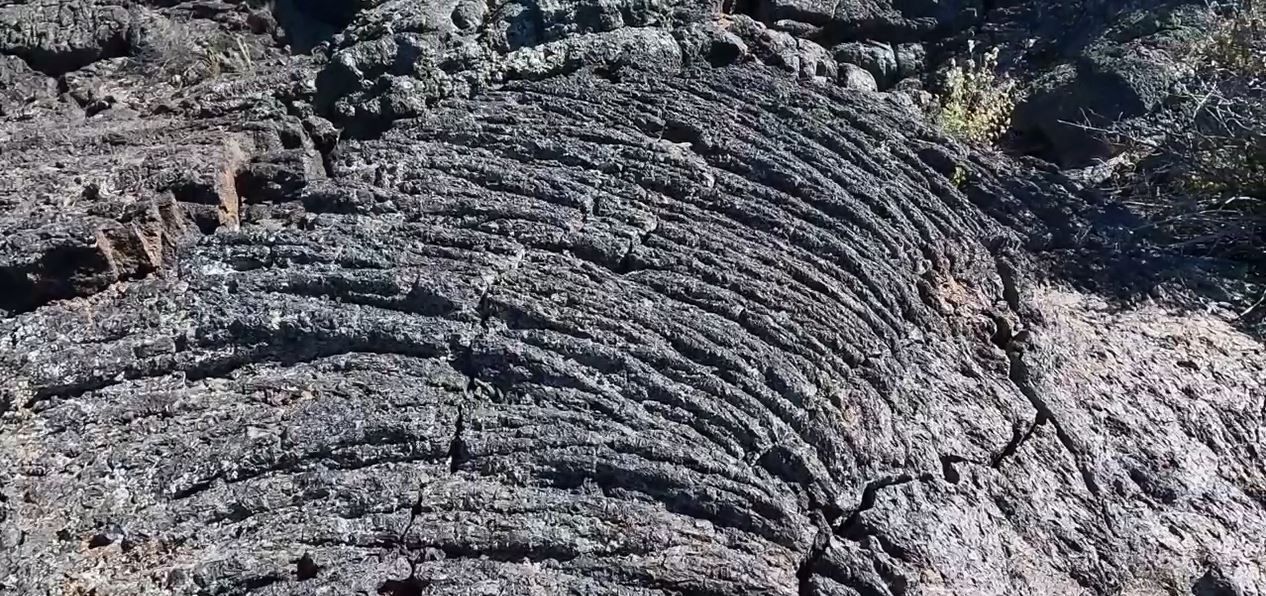
In this video we tell of two stories that W.C. Jameson told about in one of his treasure books titled, “Lost Treasures of American History.” The first story titled, “Lost Spanish Treasure in the Lava Beds,” deals with 14 pack mules each carrying 300 lbs. of silver ingots on their way down to Mexico City from Spanish mines near Durango, CO. Supposedly the pack train got attacked but not before the Spanish had time to bury the silver and then tried in vain to fight their way out. Jameson’s stories may have a thread of truth to them, and he mentions at the end of this story that a rancher named Soloman Bilbo had married an Acoma Indian woman and learned of the Spanish massacre as it was passed down through generations by word of mouth. As you know the Native Americans didn’t care about treasure and were only interested in the horses, mules and the eradication of these Spanish intruders. So, how does Jameson come up with 14 pack mules of silver carrying 300 lbs. of silver each? A pack mule normally carries about 20% of its body weight and back then they were small and probably weighed no more than 400 to 500 lbs. meaning they probably were only carrying about 100 to 125 lbs. each. Also, the purity of the silver dore bars that were smelted at the mine were probably only about 70% pure. Taking all that into account thus trims the value down to about $500,000 at today’s prices. Was there a treasure and were they attacked coming or going from the mine? The second treasure story titled, “Black Jack Christian’s Lost Train Robbery Gold.” It was about a train robbery around Grants, N.M. that took place on November 6, 1897. Jameson tells of Black Jack and his two outlaw partners robbing the train of $100,000 in gold and silver coins along with a canvass bag full of watches, jewels and money they took from the passengers. In researching the story, I read a newspaper article written a couple of days after the robbery saying there were four outlaws not three. Next, I researched Black Jack Christian and found out he was killed in an ambush by a Sheriff’s posse and date of death was April 28, 1897. If that being the case then he wasn’t alive to rob the train on Nov. 6, 1897. Another fact is that $100,000 in gold coins, which were most likely $20 gold pieces, would weigh 1 troy ounce each so the weight would have been 342 lbs. If 20% was $1 silver coins the weight of the silver would have been calculated at 1 troy ounce being worth $1 or 20,000 troy ounces which would equal 1,371 lbs. Don’t think they hauled that much weight in their quick getaway. One must question the $100,000 in the robbery. Always remember to research the treasure story as often they are embellished to attract the greed that resides in many of us that clouds our judgment in seeking the truth. Cheers, Greg Hawk
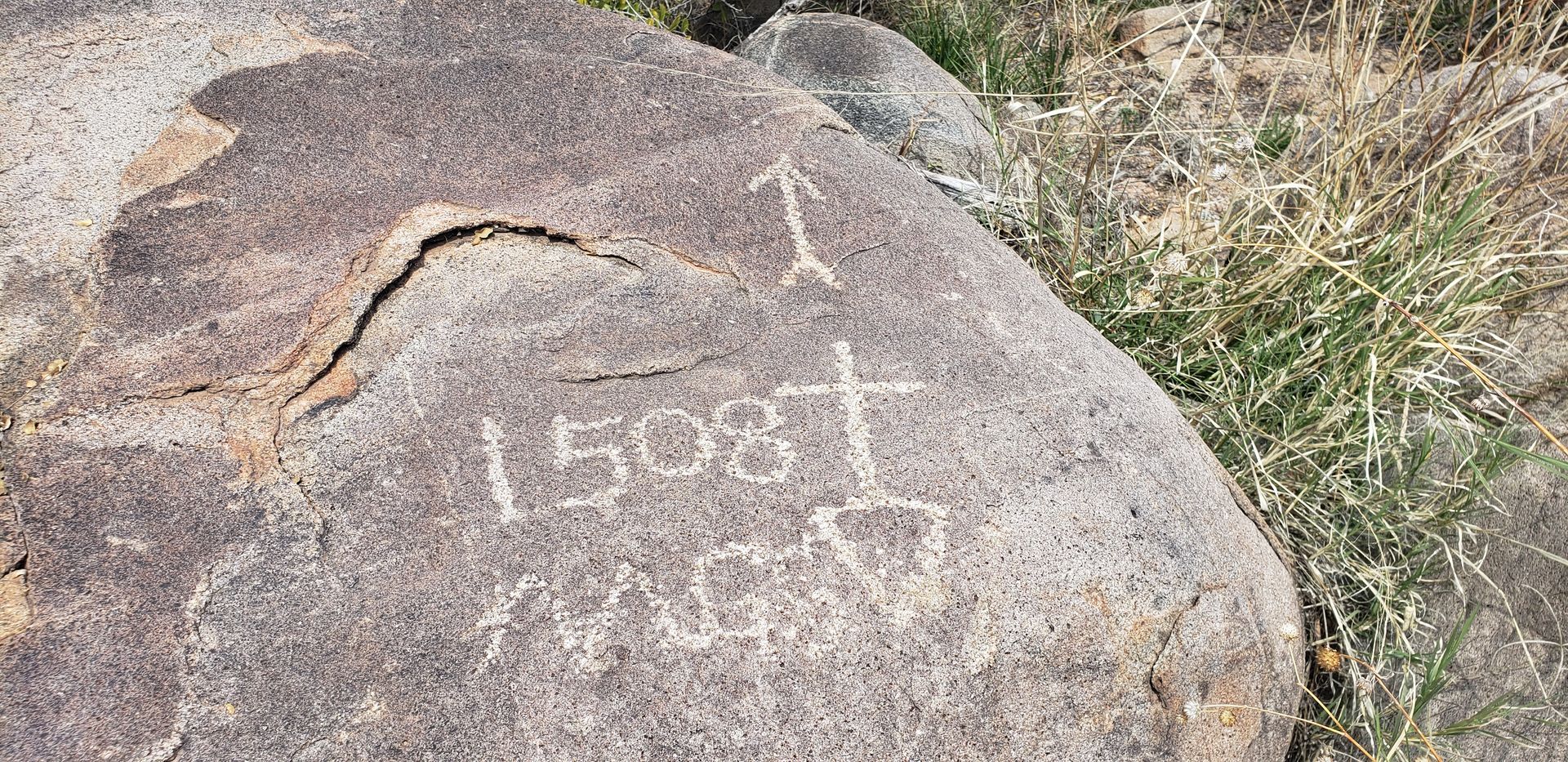
A good friend found this stone with the carving on it while out hiking in the mountains of Arizona. He took me there to show me it and through our reseach we know that the earliest that the Spanish were in the area was around 1520 and then again in 1540 but no records of anything earlier. So, what does this mean? With an arrow on top of stone I would say the 1508 has something to do with a distance. But a distance to what and is it in varas a Spanish measurement during that time period? A vara is approximately 33 inches. You have a cross and a triangle below it so what does that mean? There were no missions built yet in the area until Father Kino did in 1691. There were three built around 1629 in now what is the northeastern part of Arizona and they were destroyed during the 1680 Pueblo Revolt. So, if the 1508 is in varas could it mean 1508 varas to a church treasure or mine? We also found a few petroglyphs in the area which date back about as far as 1,800+ years ago. What are your thoughts? Cheers, Greg Hawk
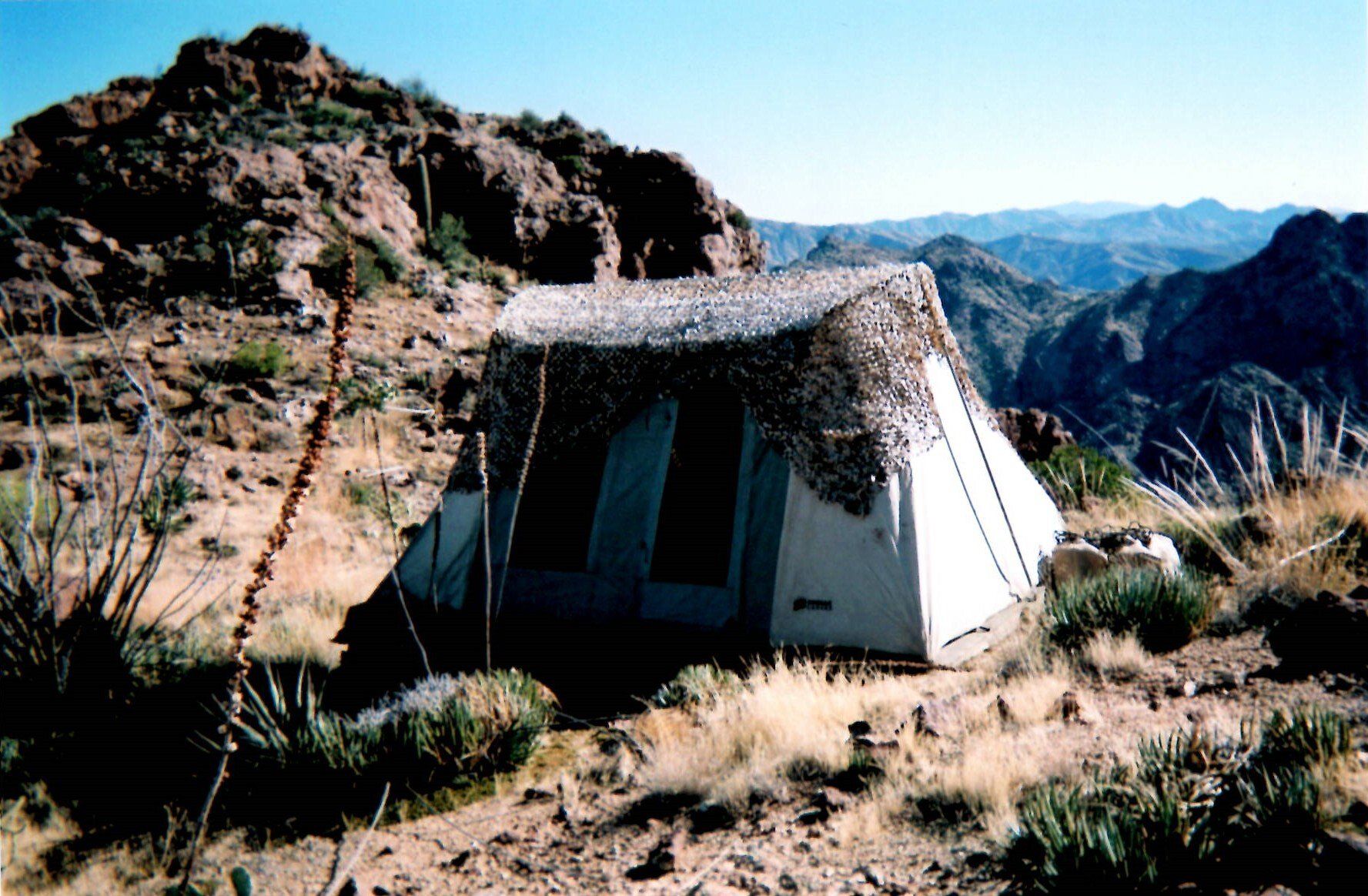
This was a first story told to me by John, who I met in Strawberry, Arizona, and whom I write about in my book. He totally believed that he knew where the Lost Dutchman Mine was and he intertwined it with the Lost Two Soldiers Mine which makes one ask the question; Are the Two Lost Mines one of the same?
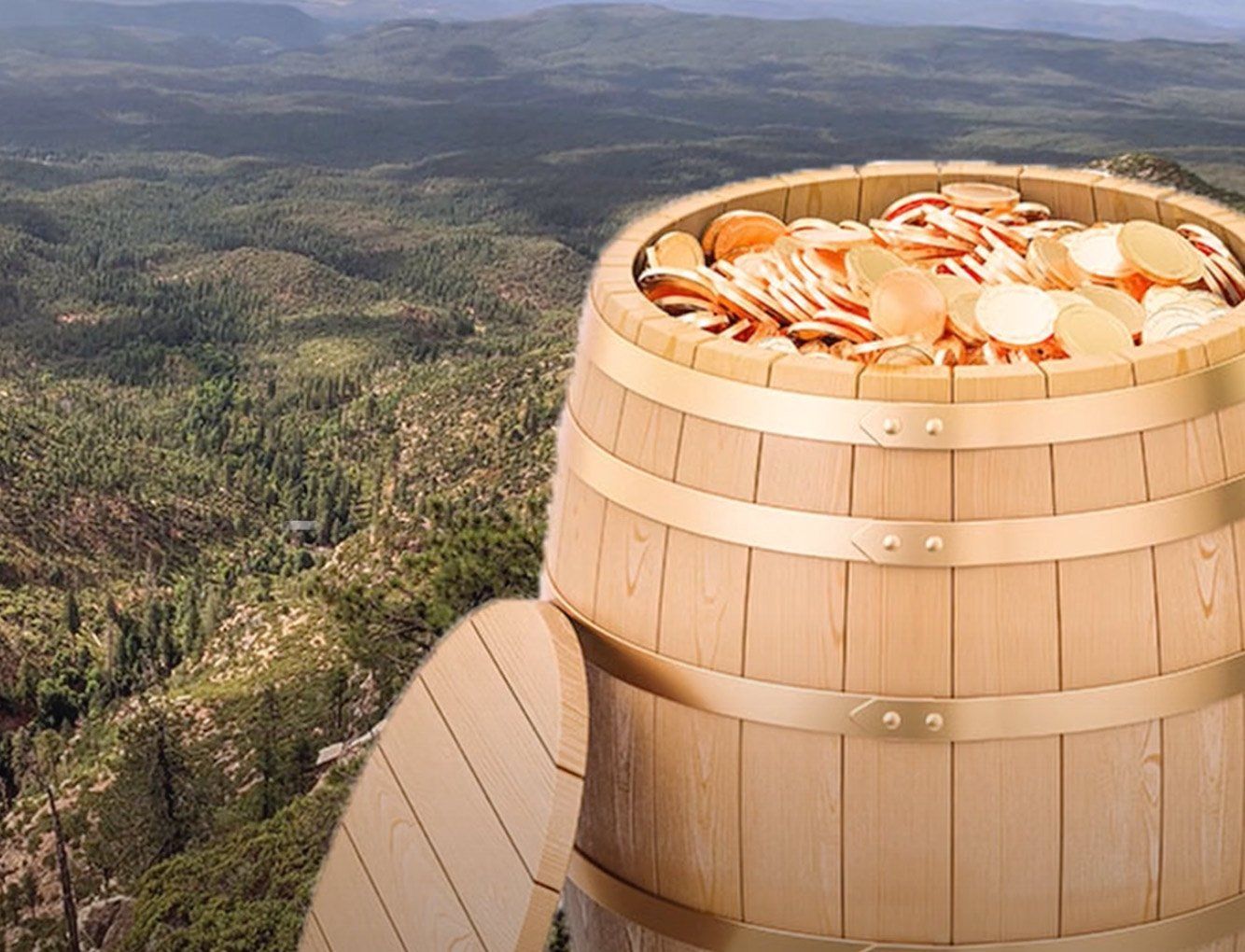
UPDATE: Recently the following viewer of this video relayed to me a story about a wagon with an army payroll in gold coins and other valuables that went over a cliff. This story may tie into the gold coin story somewhat better than the gold coins being part of a confederate treasure. The following is what he posted below the video, so it could be a good lead. From Bret DaCosta: "Actually, it was the payroll for Fort Apache and not confederate but Cavalry. Lieutenant Summerhayes was leading the first resupply mission on "Crooks Trail" from Camp Verde to Fort Apache. The year was 1874 and a wagon was lost over the cliffs when two mules separated from a team of six leaving four mules and a wagon to plummet over a cliff several hundred feet and not retrievable. This is documented in a book by Margaret Summerhayes called "Vanishing Arizona". Seems Margaret was fond of the mules a was saddened to hear four had perished along with a wagon. Not knowing at the time what was in the wagon she found it to be the wagon that held her fine china and silverware she had brought from New England. The wagon also carried the $3,000 plus payroll in $20 Gold Pieces and Silver Coins it also had a cargo of Winchester Repeater rifles." Good Hunting, Greg Hawk - - -
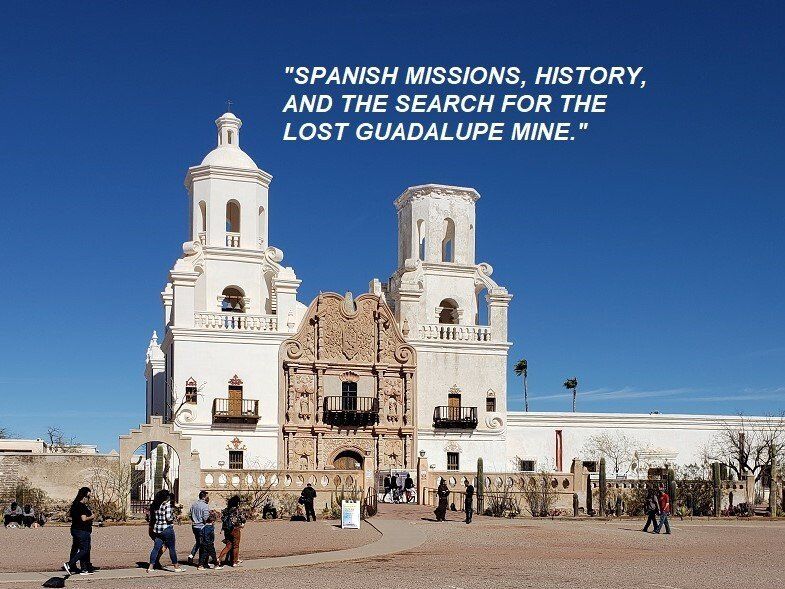
This is a story told several times in John D. Mitchell’s treasure hunting books that he wrote. The starting point to the story is at the Tumacacori Mission located south of Tucson and north of Nogales. In the story the Jesuits supposedly placed 2,050 burro loads of silver and 905 burro loads of gold and silver bullion in a mine called the Guadalupe Mine. After the task was completed, they blasted two peaks above the mine and sent rock down covering the mine entrance. Mitchell story says the mine is located one league from the gates of the mission to the southwest. Another mine is mentioned in the story called the Tumacacori Mine which holds a copper chest with church artifacts and a map of all the mines in the area. It is supposed to lie close to Tumacacori Peak. It was also covered up. In this video we talk about the history of the Spanish coming to this area, take you to see two missions, and at the end take you into the mountains to see some of the ruins that still exist. Was there any truth to the story, that is for you to decide?
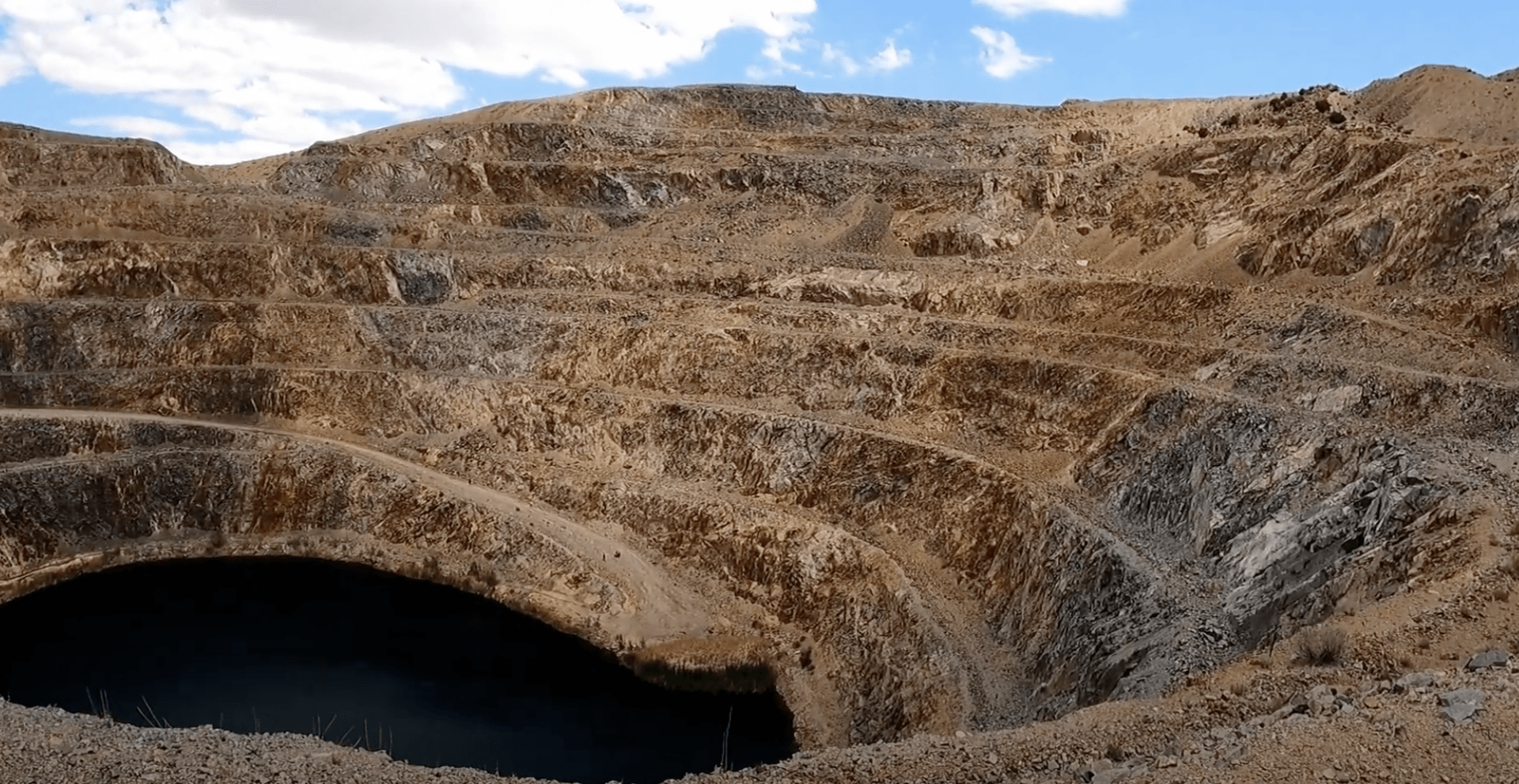
The Lost Ivanpah Silver Vein is the story that was told to me by John, who I mention in my book, and which I devoted a chapter to. The story was told to John by his father, who was a mining surveyor and directly involved in the story. The story takes place close to Sandy Valley, Nevada which is about 30 miles south of Las Vegas. Miguel, who ran the stagecoach station on Mesquite Lake, a dry lakebed, and John’s father were good friends. While on his way to complete a surveying job he stopped by to visit Miguel and Miguel told him of finding a silver vein in the mountains. Miguel believed it to be a high-grade silver vein such as that of the Ivanpah Mine which was in the same mountains. He told John’s father that he wanted him to file a mining claim on it for him and pointed up the slope into the canyon saying, “It was just around the corner, and you can’t quite see it from the station.” Miguel said he would give him 50% of everything that came out of it if John’s father would put the claim in his own name. The reason was that Miguel wasn’t a U.S. citizen and couldn’t file the claim paper on it and he trusted John’s father. John’s father said he would but first he had to finish a survey job and would be back in a week or so to file the paperwork for Miguel. When he returned, Miguel was not at the stagecoach station and had taken sick and died in town. John’s father never knew exactly where the silver vein was and passed the story on to John. I searched sporadically over a ten-year period looking for the silver vein that Miguel had found. On my last visit to the area, after many years, I finally found what I believed was Miguel’s silver vein. Join me as I tell you the story and take you up the canyon to where I think Miguel found the high-grade silver vein or what he thought was a high-grade silver vein.

The Lost Ivanpah Silver Vein and History is the extended version where I have added in some of the history of the area along with visiting some of the mines. The story was told to me by John, who I mention in my book, and which I devoted a chapter to. The story was told to John by his father, who was a mining surveyor and directly involved in the story. The story takes place close to Sandy Valley, Nevada which is about 30 miles south of Las Vegas. Miguel, who ran the stagecoach station on Mesquite Lake, a dry lakebed, and John’s father were good friends. While on his way to complete a surveying job he stopped by to visit Miguel and Miguel told him of finding a silver vein in the mountains. Miguel believed it to be a high-grade silver vein such as that of the Ivanpah Mine which was in the same mountains. He told John’s father that he wanted him to file a mining claim on it for him and pointed up the slope into the canyon saying, “It was just around the corner, and you can’t quite see it from the station.” Miguel said he would give him 50% of everything that came out of it if John’s father would put the claim in his own name. The reason was that Miguel wasn’t a U.S. citizen and couldn’t file the claim paper on it and he trusted John’s father. John’s father said he would but first he had to finish a survey job and would be back in a week or so to file the paperwork for Miguel. When he returned, Miguel was not at the stagecoach station and had taken sick and died in town. John’s father never knew exactly where the silver vein was and passed the story on to John. I searched sporadically over a ten-year period looking for the silver vein that Miguel had found. On my last visit to the area, after many years, I finally found what I believed was Miguel’s silver vein. Join me as I tell you the story and take you up the canyon to where I think Miguel found the high-grade silver vein or what he thought was a high-grade silver vein.
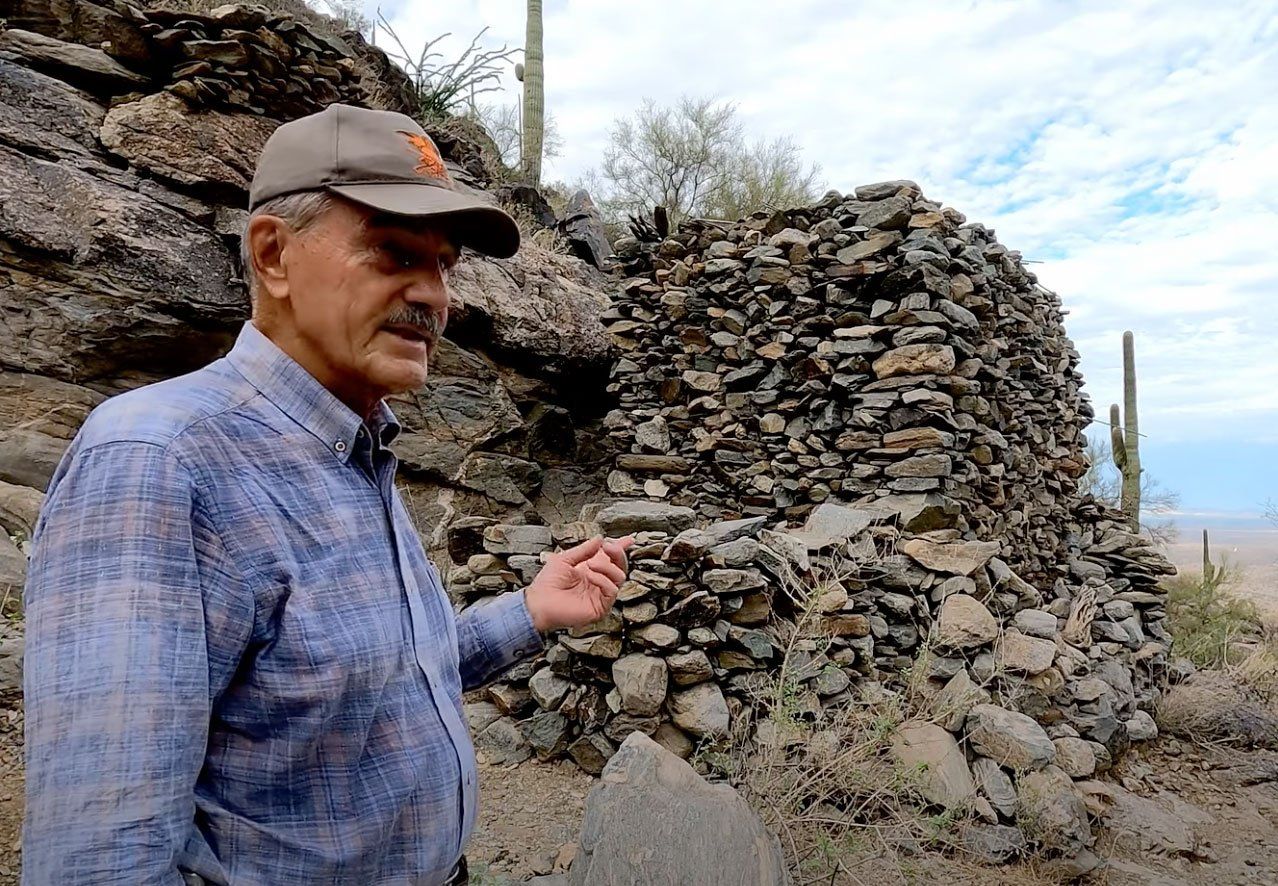
Don Joaquin’s Lost Gold was one of the treasure stories that I read in John D. Mitchell’s book, “Lost Mines & Buried Treasures Along the Old Frontier.” In it he tells the story of a Spaniard, named Don Joaquin Campos from Guadalajara, and his crew that were mining in the Sierra Estrella Mountains around 1840. As Mitchell tells the story a rider came into Don Joaquin’s camp where he had a stone house and mines telling him that the U.S. Army was coming and taking over all the mines. Don Joaquin quickly loaded up all his burros with 1,500 lbs. of gold bars and nuggets and headed out of the mountains. The load was too heavy to move fast so he buried all the gold in the back of an old cave thinking he would come back some day to retrieve it. Mitchell goes on to say that the gold is still buried somewhere in a cave in the Sierra Estrella Mountains even today. The mountains are located just southwest of present-day Phoenix. In this video I bring up other stories written about the same old rock house and mine that Mitchell talked about. Each story is a little different and I will show and tell you about the research I have done trying to get to the truth of the story. The question remains as to who built the rock house and when? In the video I will give you some directions and coordinates to get to the trailhead and old rock house. We will also hike up the canyon to show you the rock house, the mine shaft and what looks to be an old, stacked stone corral.
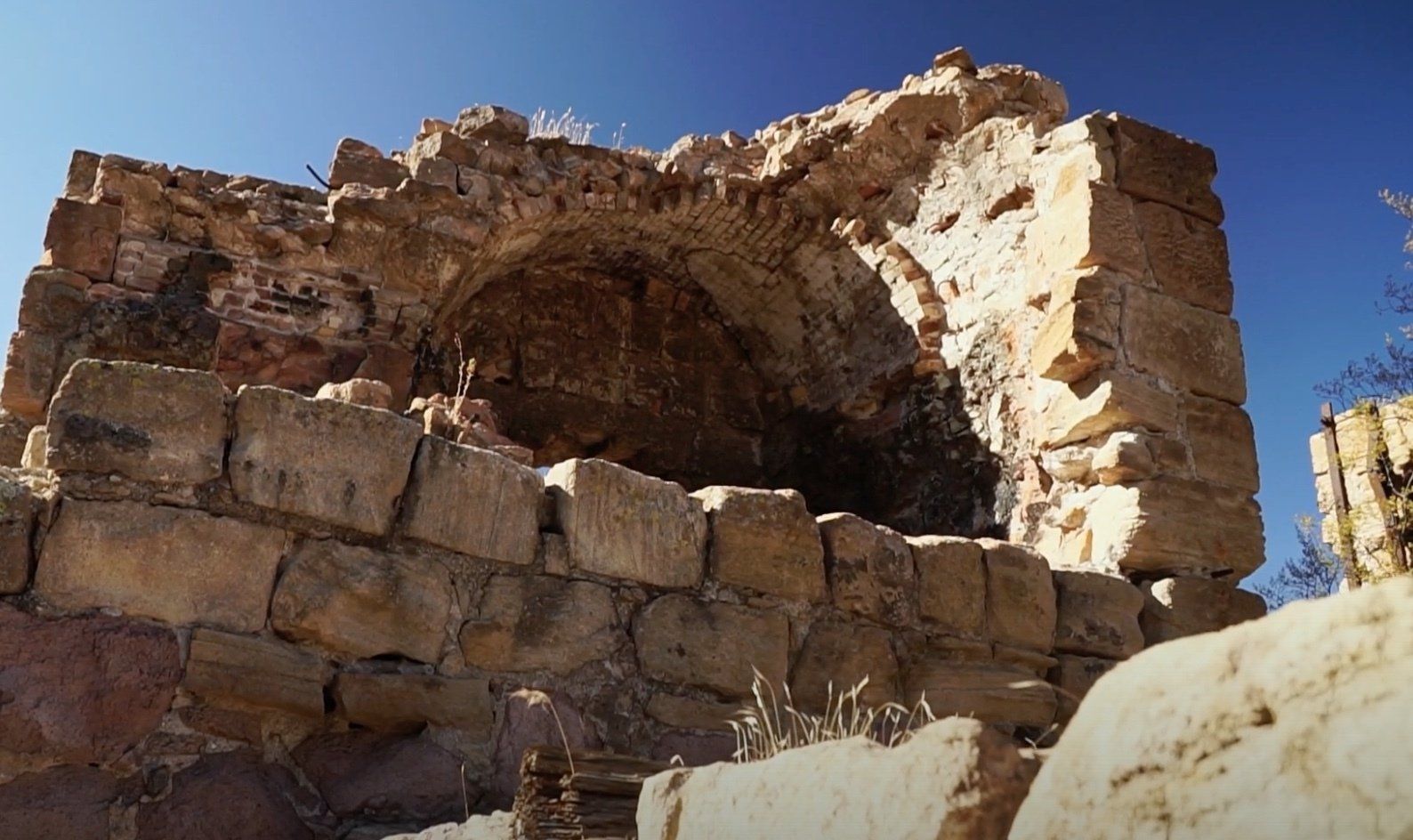
The treasure story about a stash of gold discs was told to me by John, the man I mentioned in my book Random Tangents: Embracing Adventures in Life. The story goes back to the year 1941 and tells of a man hiking around the mountains near the ruins of the smelters for the Reymert Mine, which was a large silver mine.
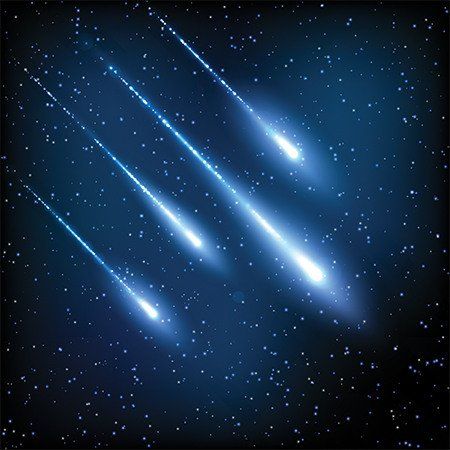
Recently I went back to the Chuckwalla Mountains, southwest of Desert Center, CA, and had a video made of the area. Desert Center now is basically a ghost town used as a pull off for trucks. The last time I was there was 20 years ago and nothing much has changed except more regulations put in place to keep you from driving off road. It was springtime and not long after some rain had fallen, the desert flowers were blooming, and the ocotillo were budding out. The smell of the creosote bush was pungent in the air. It was a magical day as we didn’t encounter another person while we were exploring the area for the whole day.
